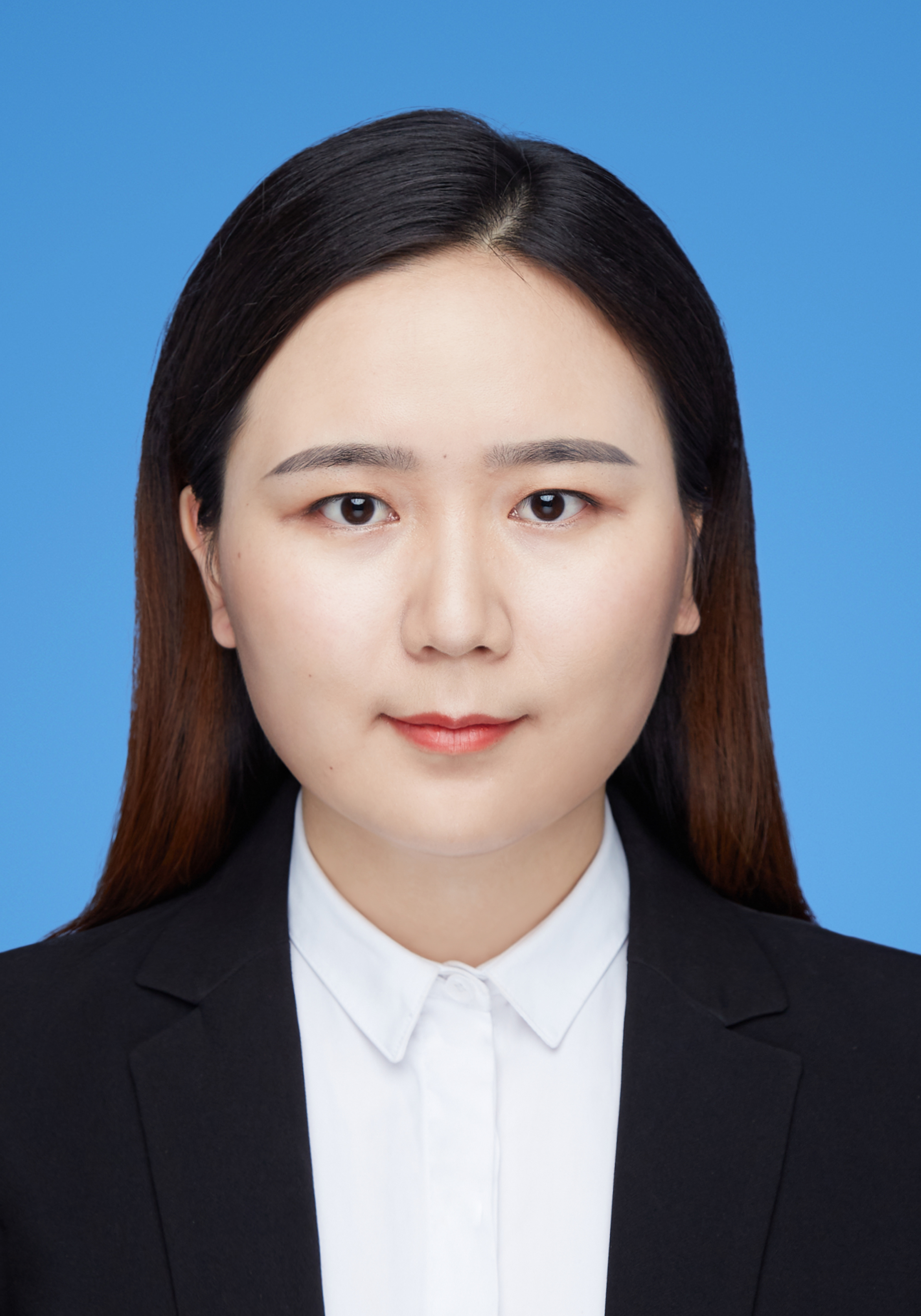Invite Speaker I:
"Title:Mitigating Thermoacoustic Oscillations in Hydrogen-enriched Combustion Systems"
Abstract
To achieve the “Carbon Peaking and Carbon Neutrality” goals, it is imperative to introduce zero-carbon energy to replace fossil fuels. Hydrogen-enriched combustion is one of the most promising technologies for rapidly and straightforwardly decarbonizing the thermal-power industry. However, burning hydrogen-containing fuel mixtures exacerbates thermoacoustic oscillations in combustors, an issue that already plagues lean premixed combustors designed for low-NOx emissions even when operating on fossil fuels. This talk presents our recent active and passive control strategies for suppressing thermoacoustic instabilities in can-annular combustors and axially staged combustors, widely used in heavy-duty gas turbines for power generation, along with the associated data-driven analysis methods. The effectiveness of these thermoacoustic-instability control approaches is experimentally demonstrated, and their underlying physical mechanisms are analyzed and discussed.
Bio-Sketch
Dr. Yu Guan is an Assistant Professor in the Department of Aeronautical and Aviation Engineering at The Hong Kong Polytechnic University. He received his PhD from the Department of Mechanical and Aerospace Engineering at The Hong Kong University of Science and Technology, where he later continued as a Postdoctoral Fellow before joining PolyU. His research has been supported by multiple competitive funding bodies, including the RGC, ITC, and NSFC. Dr. Guan is a member of The Combustion Institute and the Hong Kong Institution of Engineers (Aircraft Division). He has published 53 journal articles, with his work cited more than 1,200 times.

Yu Guan
Assistant Professor of The Hong Kong Polytechnic University, Hongkong, China
Invite Speaker II:
"Title:Shock Wave Control and Utilization in Advanced Rocket Nozzles"
Abstract
To Be Added
Bio-Sketch
Dr. Ben GUAN is now an Associate Professor at the College of Aerospace and Civil Engineering, Harbin Engineering University. He received his bachelor’s degree from Harbin Shangye University in 2008, master’s degree from Harbin Engineering University in 2012, PhD degree from the University of Science and Technology of China in 2016, and then acted as a Research Associate at the Hong Kong Polytechnic University until March 2019. His research covers solid rocket motor operational stability, advanced rocket nozzle, shock waves, Richtmyer-Meshkov instability, and droplet secondary breakup. He serves as a member of the Chinese Aerodynamics Research Society, and a member of the youth editorial board of Propulsion and Energy. He has published more than 20 academic journal papers

Ben Guan
Associate Professor of Harbin Engineering University, China
Invite Speaker III:
"Title:A Two-layer Search Strategy Based on Adaptive Kriging for Efficient Optimization of Fuel Centrifugal Pumps "
Abstract
To overcome the high computational cost and low iteration efficiency in optimizing fuel centrifugal pumps, this paper presents a parallel adaptive optimization framework based on an adaptive Kriging surrogate model.The core innovation lies in a Two-layer Search Strategy (TSS) that combines local error analysis and a global sample-density criterion for adaptive sampling and parallel model updating.Implemented in a self-developed CFD–optimization integrated platform, the proposed approach significantly reduces computation time in multi-core environments.Application to a fuel centrifugal pump demonstrates efficiency improvements of 6.47%, 6.17%, and 4.97% under low, design, and high flow conditions, respectively, confirming that TSS enhances both accuracy and efficiency for complex turbomachinery optimization.
Bio-Sketch
Dr. Jia Li received his Master’s and Ph.D. degrees from Northwestern Polytechnical University. He joined the School of Mechanical Engineering at Chang’an University in 2017, where he is currently serving as an Associate Professor and Doctoral Supervisor.He has completed two postdoctoral research programs, first at the Hunan Institute of Aerospace Power Research (2021–2023) and later at AVIC Power Control Technology Co., Ltd. (since 2024).Dr. Li’s research interests include the reliability analysis of rotating machinery and the integrated design of performance and reliability. He has led and participated in multiple national and provincial research projects and has published over 40 academic papers.

Jia Li
Associate Professor of Chang’an University, China
Invite Speaker IV:
"Title:Research on the Spacecraft End-of-life Disposal Method "
Abstract
With the increasing frequency of human space activities, especially the continuous development of large-scale constellation programs in recent years, the number of space objects has shown a significant growth trend. After reaching the end of their lifespan, a large number of spacecrafts will remain in orbit for a long time relying solely on environmental forces, making the space environment more congested, orbit resources scarcer, and possibly colliding with normally functioning spacecraft to produce new debris, leading to further deterioration of the space environment. This report focuses on the deorbiting problem of spacecraft at the end of its lifespan, considering the methods of electric power ropes, deorbiting sails, and drag ball deorbiting, and studying the dynamics and control issues involved, in order to provide a technical foundation for space environment governance.
Bio-Sketch
Dr. Keying Yang is an Assistant Professor at Beijing Institute of Technology (BIT). She also received her PhD degree at BIT, as well as pos doc experience. Her research ineterests are space debris removal, space enviroment evolution, and space tether system. She has received many support from the Young Elite Scientist Sponsorship Program, National Science and Foundation of China. She has published 21 SCI journal papers, and hold 10 national patens. She is also the reviewer of Acta Astronautica, Advances in Space Research, Journal of Aerospace Engineering, etc.

Keling Yang
Assistant Professor of Beijing Institute of Technolgoy, China
Copyright © 2025 The 16th Asia Conference on Mechanical and Aerospace Engineering
